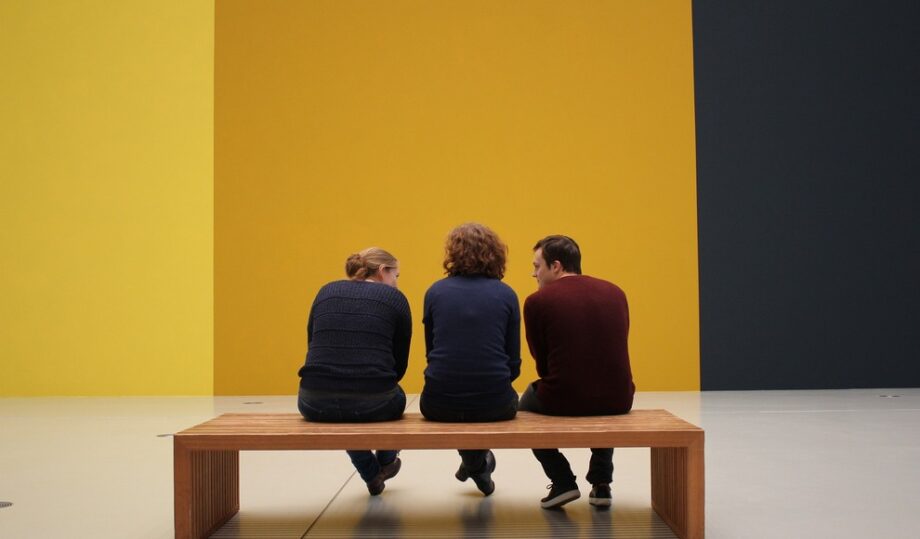De Young is a fine arts museum located in San Francisco’s Golden Gate Park, as well as the Legion of Honor. The de Jung Museum has been an integral part of the city’s cultural fabric and a cherished goal for millions of residents and visitors to the region for over 100 years.
On October 15, 2005, the Jung Museum reopened in a modern contemporary building that brings art, architecture and natural landscape together in one multi-faceted location that will inspire audiences from all over the world. Designed by renowned Swiss architecture firm Herzog & de Meuron and Fong & Chan Architects in San Francisco, the new de Young provided San Francisco with an iconic art museum to showcase the museum’s priceless collections of American art from the 17th to 20th century, textiles art and art of Africa, Oceania and North and South America.
De Young is named after its founder, early San Francisco newspaper magazine Max Hollin de Young. Since June 1, 2016, Max Holein has been Director and CEO of the Museums of Fine Arts of San Francisco, overseeing Youth and the Legion of Honor museums.
History:
The Museum de Junay originated as a fine arts building that was built in Golden Gate Park for the California Midwinter International Exhibition in 1894. The organizing committee for the exposition was chaired by Michael H. de Young, co-founder of the Chronicle of San Francisco. The fine arts building was designed in a pseudo-European Renaissance style and decorated with images of Hathor, the goddess of the cow. After the exhibition, the building was named a museum for the residents of San Francisco. Over the years, de Young has grown from an allure originally designed to temporarily house an eclectic collection of exotic quirks and curiosity in a cutting-edge museum in the western United States that focuses on American art, international textile arts and costume, and the art of the ancient Americas , Oceania and Africa.
The new Memorial Museum has been successful since its opening on March 25, 1895. No admission was shown, and most of what was put up for auction was purchased from the exhibits at the exhibition. Eleven years after the museum opened, the great 1906 earthquake caused extensive damage to the Midwinter Fair building, forcing it to close for a year and a half for renovations.
